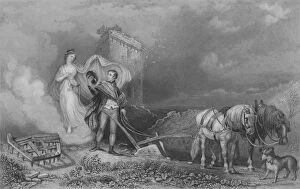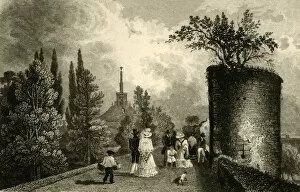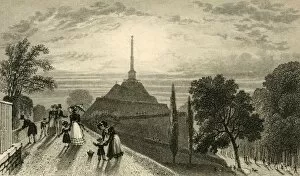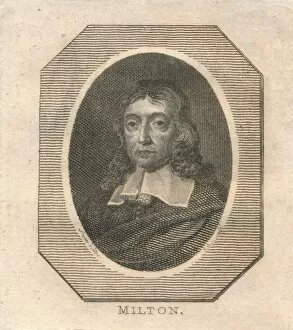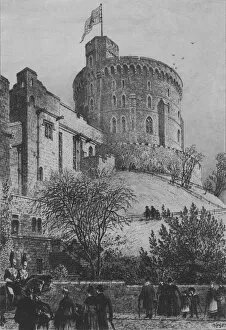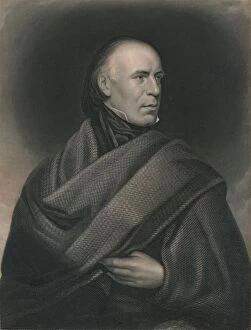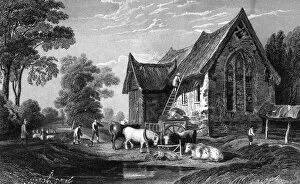George Virtue Collection
George Virtue was a prominent figure in the world of art and publishing during the 19th century
For sale as Licensed Images
Choose your image, Select your licence and Download the media
George Virtue was a prominent figure in the world of art and publishing during the 19th century. Born in Danejohn Hill, Canterbury, Kent in 1829, he quickly established himself as a creator with an eye for talent. One of his notable collaborations was with James Baylis Allen on "The Genius of Poetry Finding Burns at the Plough" in 1840, beautifully brought to life by artist John Rogers. Virtue's passion for capturing landscapes led him to create stunning works like "Danejohn Hill" around 1829, showcasing his attention to detail and love for his hometown. Another masterpiece that showcased his artistic prowess was "Milton, " created around 1800 by Hilton. Not only did George Virtue excel as an artist himself, but he also had a keen eye for recognizing talent in others. He collaborated with talented creators such as Henry Adlard on pieces like "Danejohn Hill, " which further solidified Virtue's reputation as a visionary. His dedication to promoting art extended beyond just paintings; Virtue also played a significant role in the publishing industry. He published engravings like "Coggeshall Abbey, Essex" in 1833 under his own name - George Virtue - ensuring that these historical landmarks were accessible to all. Virtue's contributions were not limited to England alone; he recognized and celebrated Scottish poet Allan Cunningham through an exquisite portrait created by J Thomson in 1840. Additionally, another remarkable piece from this era is John Rogers' depiction of Robert Burns - Poet extraordinaire. Even though George Virtue made significant strides within the artistic realm, he didn't confine himself solely to creative pursuits. In Sunderland (1842), we see evidence of his versatility as an engraver. One cannot overlook Axel Herman Haig's mesmerizing portrayal of The Round Tower Windsor Castle from 1887 when discussing George Virtue's impact.

